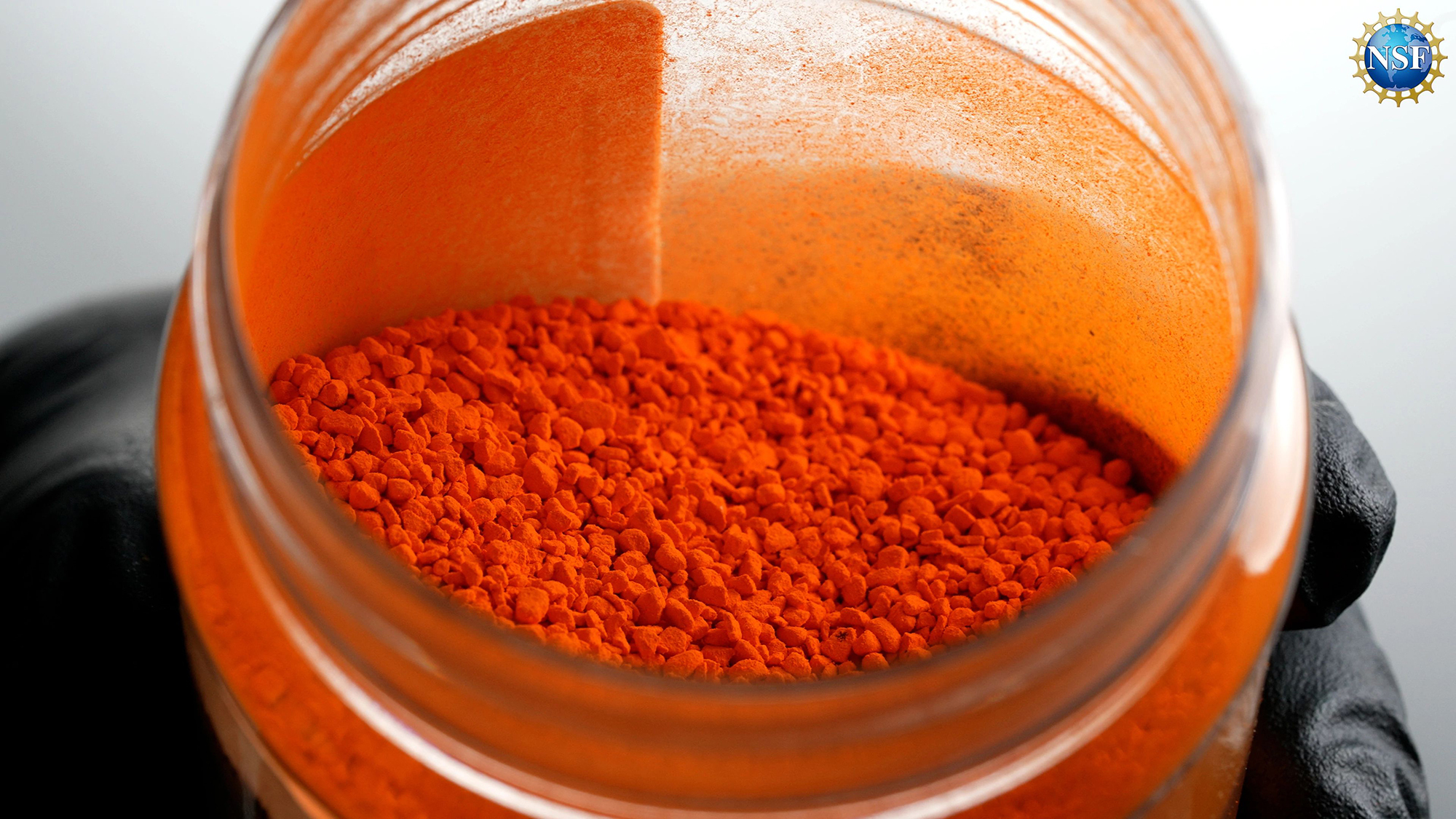“We strongly discourage attempting this on human skin, as the toxicology of dye molecules in humans, particularly when applied topically, has not been fully evaluated,” he tells Popular Science.
I feel like it’s only a matter of time before this becomes a TikTok trend.
Wait, let me get this straight: they’re not even sure if Yellow #5/Tartrazine is safe to be applied topically, but it’s FDA-approved to be ingested?
Things absorbed through the skin may be in a different state when they reach your bloodstream than things that are ingested. The process of digestion can break down a lot of things that would otherwise be harmful, but aren’t similarly filtered when absorbed through the skin.
It’s also why some medicines are taken by swallowing a pill, and some are taken by dissolving a tablet under your tongue.
Does it mean I’m supposed to eat that with gloves,? This is not making sense
There’s a difference between having Dorito dust on your fingers and having it massaged/injected into your skin via microneedling. It’s closer to “don’t tattoo yourself with Dorito dust” than it is “don’t let it get on you.”
I mean, people tattoo with phosphorous (I think it was phosphorous) to get glow in the dark tattoos and that shit’s a carcinogen! People gonna people.
“massaging tartrazine solution into hairless mouse skin over the course of a few minutes or using microneedling achieves “complete optical transparency in the red region of the visible spectrum”
I know it didn’t happen this way but I like to believe it was someone having their unwashed dorito fingers after lunch, decided to massage a mouse for several minutes, and figuring this out
So, I skimmed the article and may have missed it. Why is this anything more that tinkering with and (maybe torturing) mice? What’s the actual scientific value here? (Assuming invisibility potion wasn’t an actual goal)
Perhaps medical dyes for imaging?
What do you mean? To make people invisible bro.
That doesn’t sound like something we should be putting in our bodies then does it?
Yellow 5 is super common (in the US) for things that go inside our bodies. Doritos, Mt Dew, probably Red Bull. When we were kids there was a rumor that it would shrink your dick haha.
Read the ingredients on stuff the next few days and take note of how often you see it. It’s probably why they chose it as one of the test substances. It’s relatively safe to eat.
What is unknown is how dangerous it is to absorb large amounts into someone’s skin.
It’s like the illegal weed vape pen issue years ago. People would cut the product with vitamin e to thicken it and also make more money. Vitamin E is safe for human consumption. Turns out its vapor is terrible for lungs. It’s quite unsafe for that kind of consumption.
Highly recommend anyone reading check out an app called Yuka. You scan barcodes and it’ll give you a score of the ingredients and why things are rated the way they are. Not always 100%, but better than trying to just figure out if carboxymethylcellulose is safe, (it is) let alone pronouncable.




